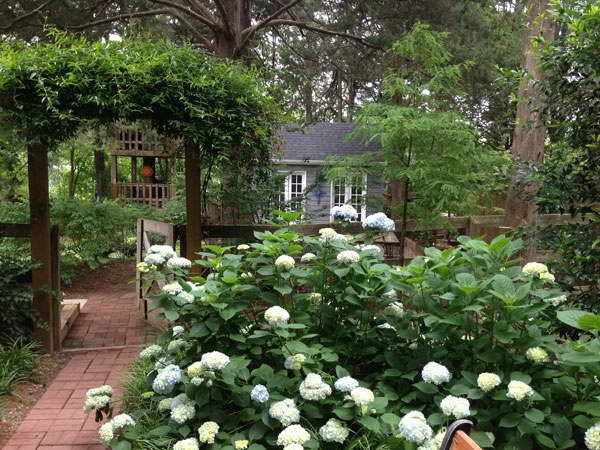Tress help improve the overall look and appeal of your property, but they need to be maintained and pruned regularly for various reasons. Oftentimes the branches have to be trimmed for public safety and equally important, the tree’s health.
Tree Pruning and Why Should I Do It?
There are various reasons to prune a tree, the first of which is safety. Frequently weather affected trees and dead branches fall. These obviously dangerous limbs should be removed to decrease liability.
Another consideration and reason to prune trees is to remove visual traffic obstructions and low-hanging branches that interfere with a pedestrians walking path.
In residential and commercial settings, trees should be trimmed for building upkeep and preservation. Paint damage and structural damage may occur as a result of limbs rubbing, touching, or an overgrown trunk compromising a structures foundation. Secondly, insects and pests can use these as easy entry points and certain trees can contribute to and harbor mosquitoes.
A counterintuitive concept is that trees should be pruned to boost their development, growth and structural appeal. Healthy trees generally have good foliage density but their interior should not be overcrowded. Fruit trees often undergo structural pruning, which results in helping them cope with the additional weight of the fruits that are produced.
Aesthetics is an obvious and suitable reason to prune trees. Poorly maintained or unsightly trees detract from the appeal of a property. Trimming and pruning are simple methods to improve the visual appeal of a tree and the real property.
If a tree needs to be pruned or removed because it poses a threat, it’s best to contact an arborist georgiaarborist.org/Sys/PublicProfile/246617/62524 or tree removal company. As personal safety is a major concern when dealing with trees, it’s best to hire a professional tree service to properly inspect your trees for damage, pests or disease.
* Note – Check whether your city or local municipality has a tree ordinance or permit process to prune your trees. For example, Take a look at Alpharetta's tree ordinance and permit for removal process.
How to Properly Prune & Cut a Tree
The two basic types of pruning and tree trimming cuts are: "thinning" and "heading" cuts.
Thinning - removing a limb at the point of its origin or attachment.
In other words, pruning a branch at the point it connects to another branch (or from the trunk). Tree thinning allows a tree less wind resistance, improved air circulation, and less crowding, ultimately improving sunlight penetration.
Heading - as the name suggests, reduce a tree’s height.
When performing heading cuts, or “topping” the tree, you are cutting lateral and/or terminal branches. Heading cuts promote growth of buds nearest to the cut. Heading cuts may not be best on branches older than a year, so as to avoid encouraging suckers and water sprouts. Likewise, on older trees heading may disfigure and leave a tree susceptible to pests and disease. Topping is not an ideal method of pruning; long-term it may destroy a tree by making it susceptible to rot.
Insects, fungus and bacteria exist in every environment and can be dangerous to a tree. Note that avoiding pruning in warming months is the best way to avoid tree disease and insects from ravishing an otherwise healthy tree.
When is it Best to Prune Trees and Shrubs?
Knowing when to prune a tree depends largely on the goal and objective. As a good rule of thumb, it's best to prune a tree in late winter to early spring when the tree is dormant. Since the tree is mostly inactive during that period, limb removal will not be as stressful to the tree. Also wounds seal better and there's a reduction in pest infestation risk as diseases and insects are inactive.
Late spring and early summer is the worst possible time to trim trees because this is when their leaves expand and the tree’s entire energy source is being given to its new growth.
Lastly, late summer pruning may encourage new growth. This is bad because it may not have sufficient time to harden and prepare for a potentially harsh winter.
On the other hand, non-flowering shrubs can be pruned as needed to maintain or achieve a specific shape. Flowering shrubs should be pruned as soon as they finish blooming. When pruning shrubs its best to leave the bottoms wider; this technique allows ample sun to get to the bottom of the shrub which prevents the shrub from excessively thinning out.
For this full pruning article visit http://www.72tree.com/tree-pruning-why-how-when-its-best-to-prune-your-trees/

This comment has been removed by a blog administrator.
ReplyDeleteThis comment has been removed by a blog administrator.
ReplyDeleteThis comment has been removed by a blog administrator.
ReplyDeleteThis comment has been removed by a blog administrator.
ReplyDeleteThis comment has been removed by a blog administrator.
ReplyDelete